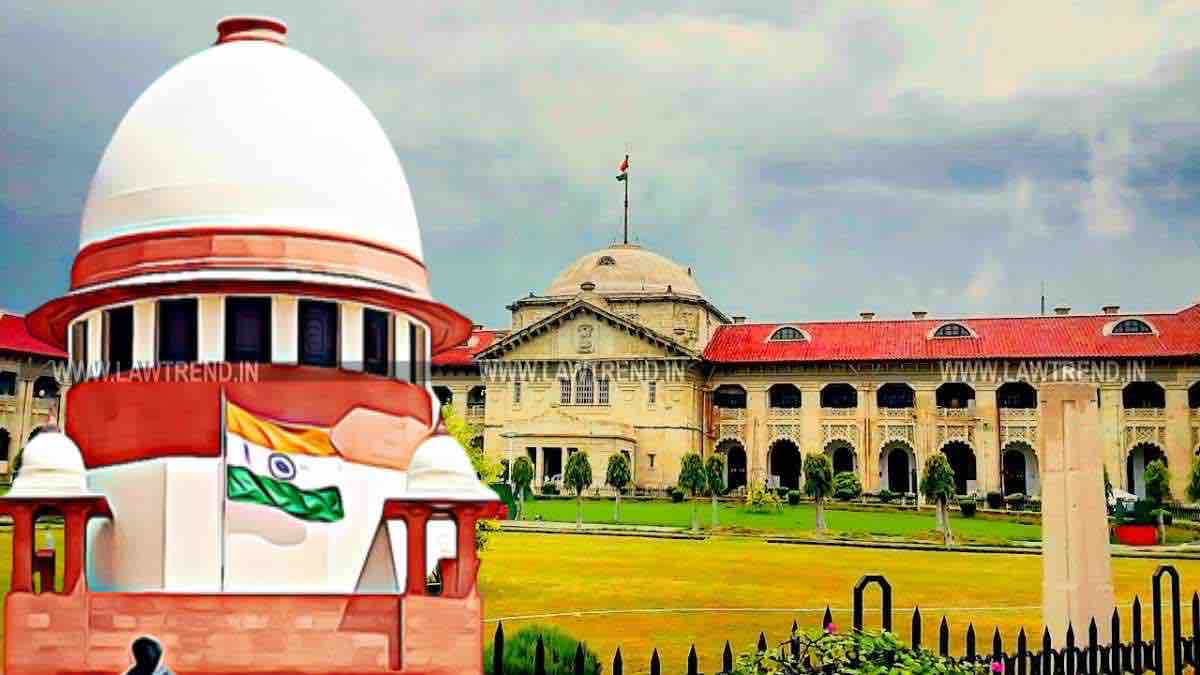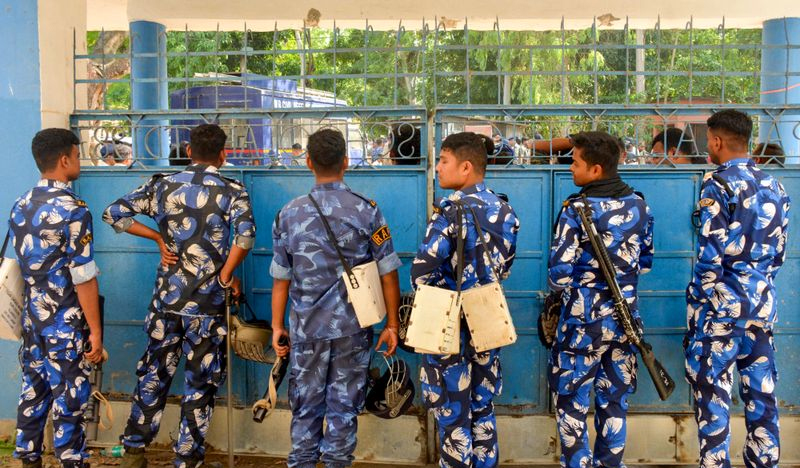PTI, NEW DELHI, April 7, 2025 : The domestic cooking gas (LPG) price on Monday was hiked by a steep Rs 50 per cylinder across India and CNG by Re 1 per kg, while the government raised taxes on petrol and diesel to shore up its revenues.
The increase in cooking gas price will apply to Ujjwala (poor beneficiaries who got LPG connections free of cost) and general users. It will be effective from April 8 and has been necessitated due to the rise in input costs, Oil Minister Hardeep Singh Puri said.
Cooking gas for Ujjwala users will cost Rs 553 per 14.2-kg cylinder from the current Rs 503 in the national capital. The same for general users will now cost Rs 853.
Agencies: The price of cooking gas (LPG) has been raised by ₹50 per cylinder for both subsidised and non-subsidised consumers, Union Oil Minister Hardeep Singh Puri announced on Monday. The increase, effective from April 8, comes as a result of rising global benchmark prices, particularly the Saudi CP, which have significantly impacted oil-marketing companies (OMCs).
Puri explained that the rise in international prices, particularly the Saudi CP, has put pressure on OMCs, which are expected to incur losses of around ₹41,338 crore during FY25. The government, however, is working on ways to compensate OMCs for this loss during 2025-26, according to Petroleum Secretary Pankaj Jain.
The recent price hike affects both beneficiaries of the Pradhan Mantri Ujjwala Yojana (PMUY), a government scheme that provides LPG connections to poor households, as well as general consumers. As per the announcement, PMUY beneficiaries will see the cost of cooking gas rise from ₹503 to ₹553 per 14.2-kg cylinder in the national capital, while non-beneficiaries will pay ₹853.
The government has stated that the LPG price revision will be periodically reviewed, typically every two to three weeks, depending on fluctuations in global prices.
Puri highlighted that the average Saudi CP price rose by 63 percent to $629 per metric tonne between July 2023 and February 2025, making it increasingly difficult for OMCs to maintain price stability. Despite this, the effective price for PMUY consumers has been reduced by 44 percent during the same period, which aims to support the poor households relying on the scheme.
The PMUY, launched in May 2016, has become a significant government initiative aimed at providing clean cooking fuel to rural and economically disadvantaged households. As of March, the scheme had successfully connected 103.3 million beneficiaries across the country, gaining widespread support in rural India.
India imports more than 60 percent of its domestic LPG consumption, meaning domestic prices are heavily linked to international market fluctuations. Between FY21 and FY23, the average Saudi CP price increased sharply from $415 per metric tonne to $712 per metric tonne. However, despite these soaring prices, the government has mitigated some of the impact on consumers by absorbing a portion of the price hike.
“The increase in international prices was not fully passed on to customers,” said Puri, noting that public-sector OMCs incurred ₹28,000 crore in losses due to under-recoveries. To support these companies, the government approved a one-time compensation of ₹22,000 crore, allowing them to continue operating without further losses.
As global LPG prices remain volatile, the government continues to balance price hikes with efforts to protect consumers from the full brunt of rising costs. The ongoing adjustment in LPG prices highlights the complex interplay between international markets, domestic consumption needs, and government intervention.





